Hearts Above: Reaching a Himalayan Village
There are still places in the world where the gospel must go by foot. Reaching a Himalayan village with the good news of God’s kingdom takes more than a little perseverance and prayer. Once you’ve taken the bus as far as it can physically go, the journey is just beginning. Come and see where the Lord is at work.
This box is used to determine what content is shared through the social share feature. This will not be visible when published to the live site.
Twitter Share Info:
pioneersusa
Copy to Clipboard link:
Code & Content Empowering Email Share Functionality
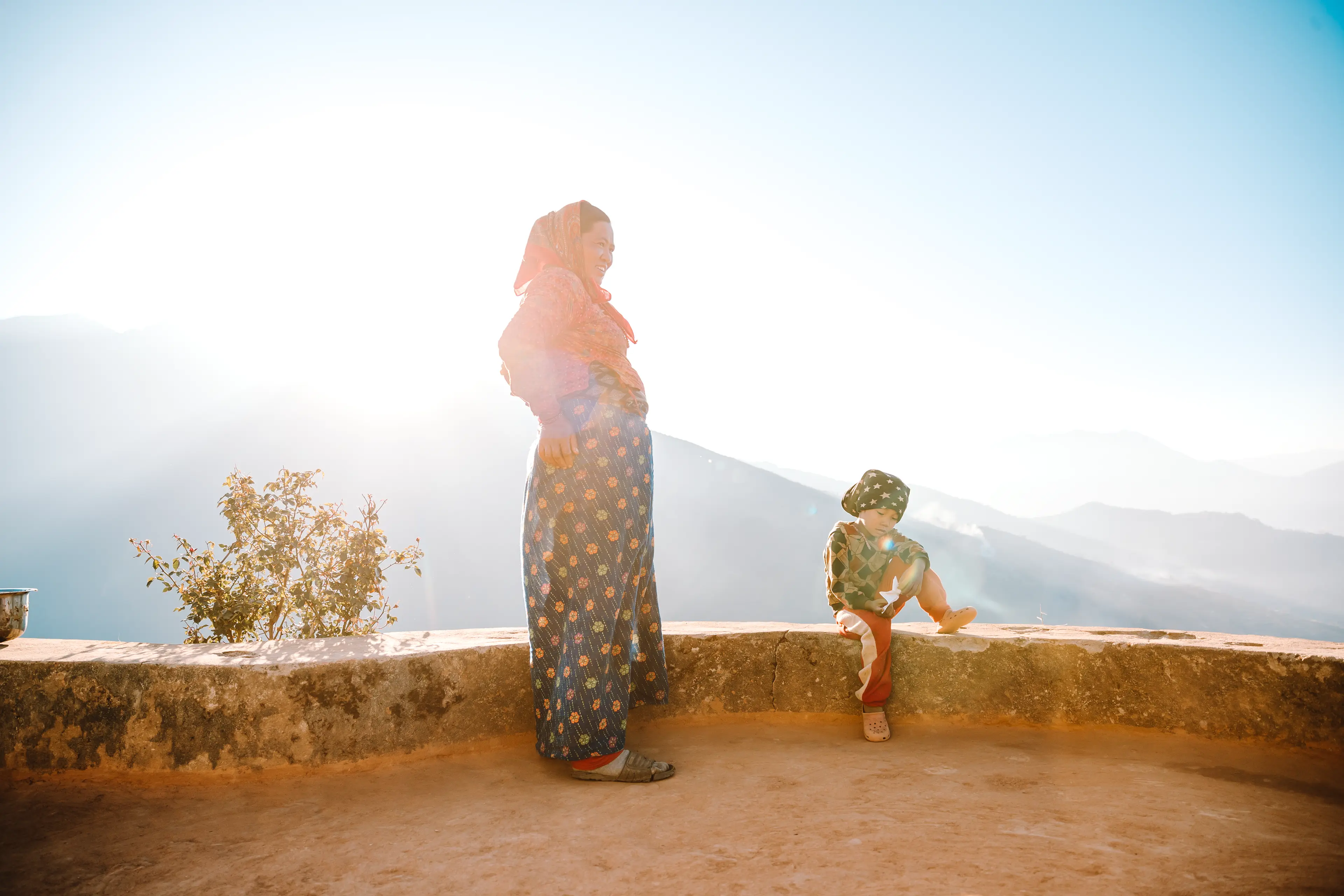
Last updated on
Photos and captions courtesy of Commnet, a ministry of Pioneers.
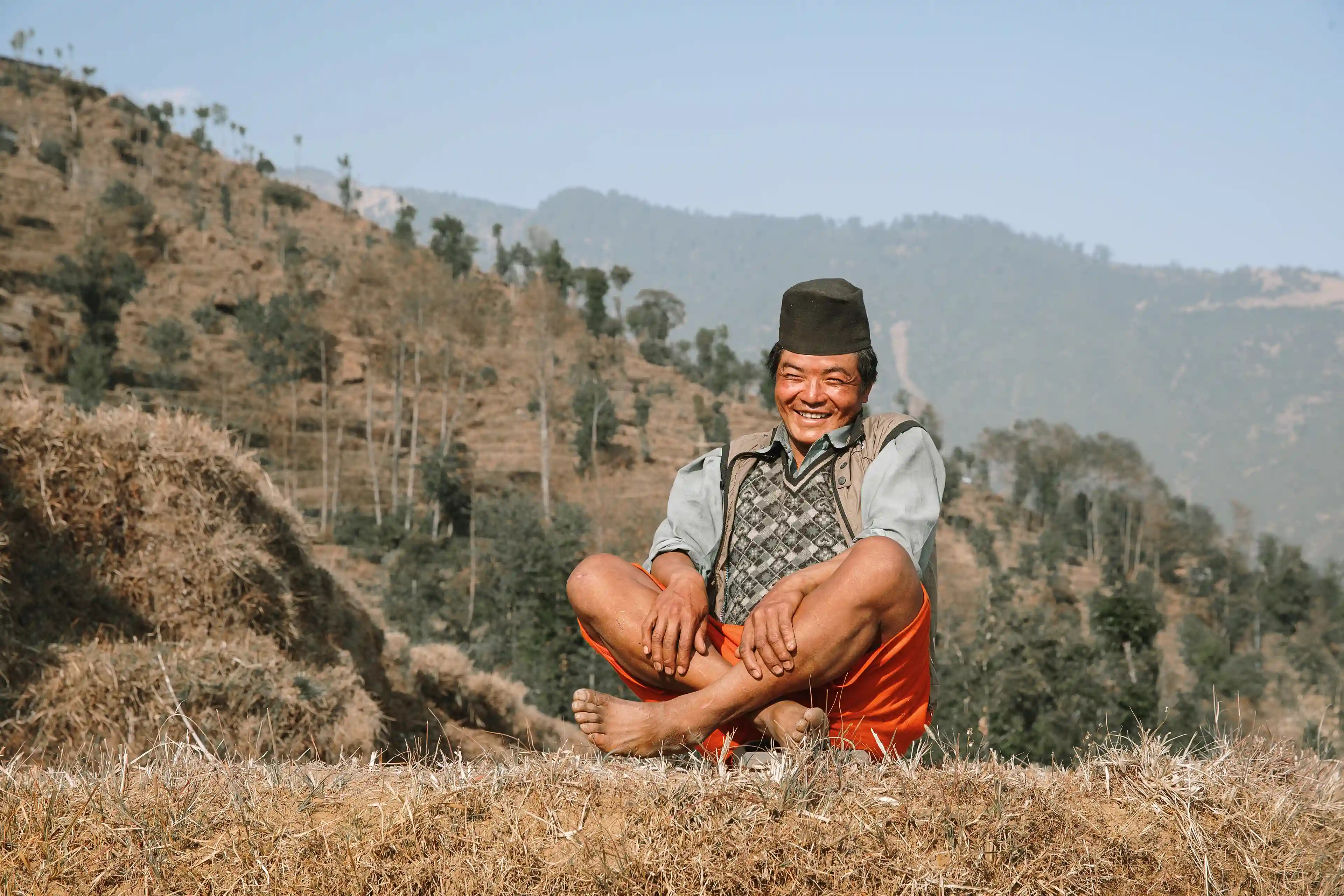
With only a pair of slides on his feet, this remarkable man breathlessly trekked from valley to mountain village, carrying well over 100 pounds with a tumpline—a sling worn across the forehead attached to a load on his back. Near the village, his smile radiated the kind of hospitality I’ve come to associate with this part of the world. Hard work and a strong community help soften the significant challenges of life here.
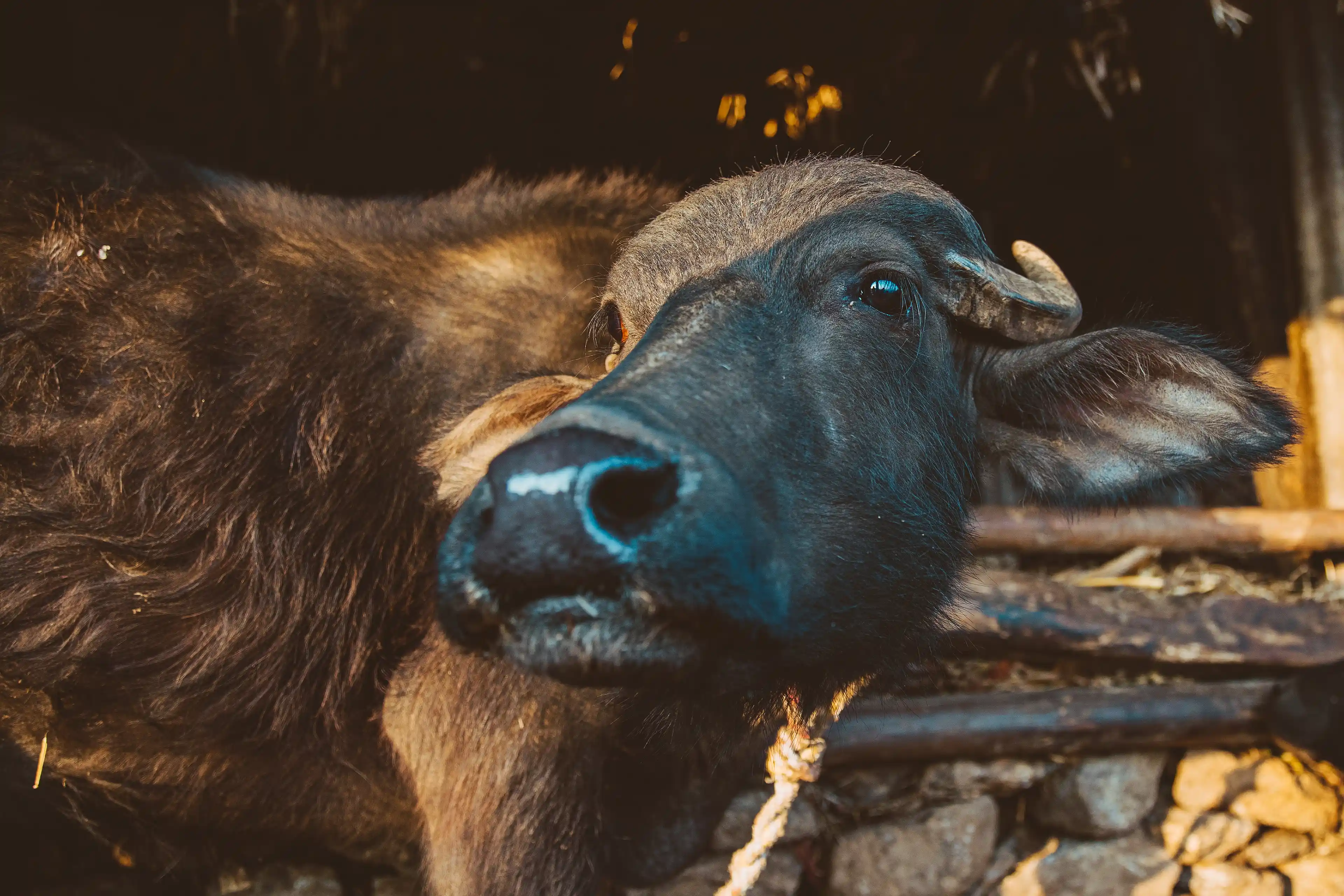
Just inside the village, on one of many intersecting footpaths, I encountered this beautiful creature. Water buffalo are known as the “living tractor of the East” and are relied upon for plowing and transportation in many parts of Asia. They are gentle animals suitable not only for labor, but also for producing milk and meat. I suspect there is a need for large animal veterinarians with a heart for the unreached in places like this.

Faithful, persevering and full of joy. Although there is much more to this incredible young woman, these traits stood out to me. Here in a mountain village, the Lord is doing an amazing work in her life and those around her. Hear more of her story.

When I saw this log hanging beneath the gables of a house, I wondered, “What on earth could that be for?” Any guesses? As it turns out, old logs are hollowed out—either by hand or with fire—and a honeycomb is placed inside. The ends are capped and drilled with holes to allow in new residents. That’s right, it’s a beehive. Prized as honey producers and excellent pollinators, bees are a vital part of local agriculture.
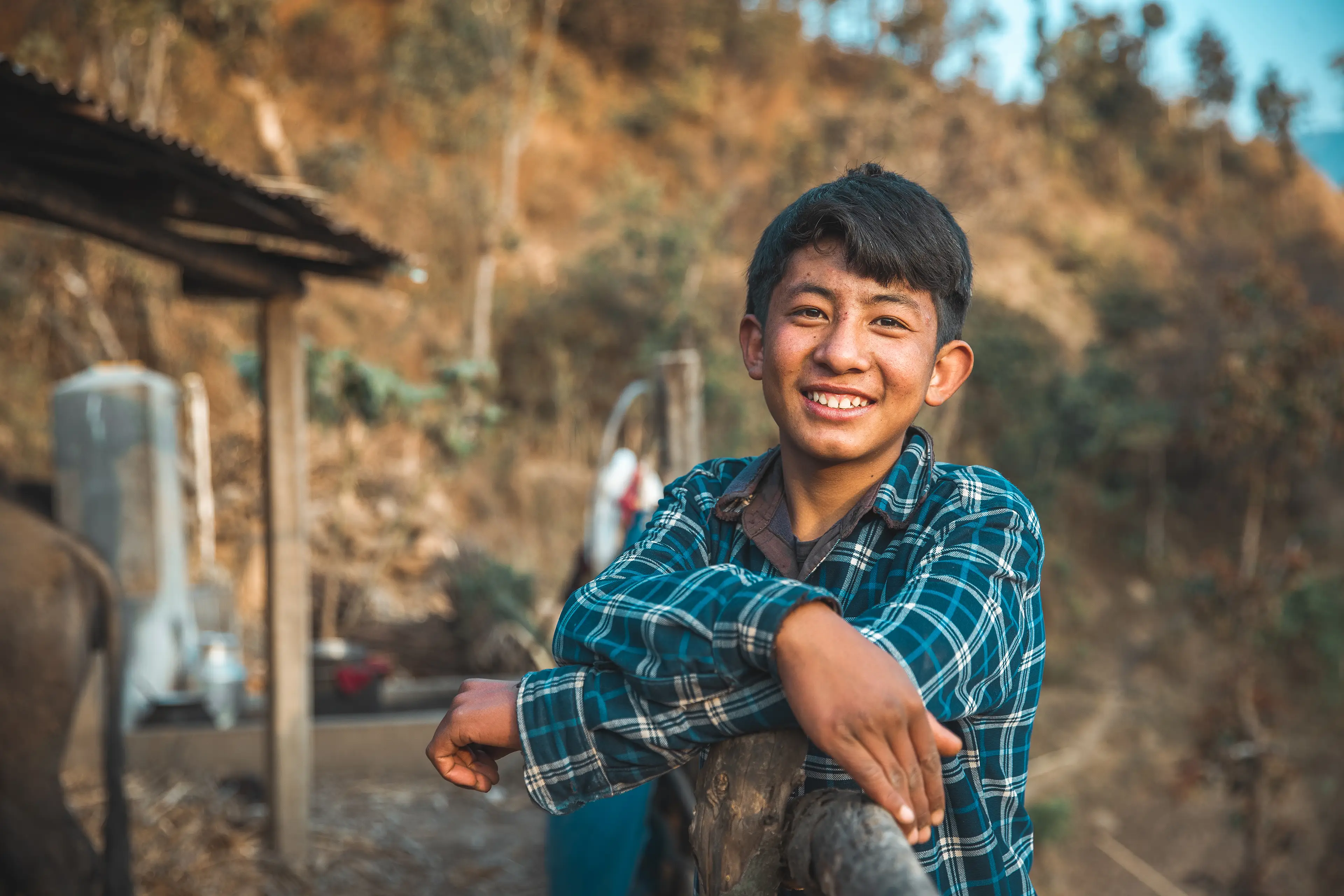
Particularly in rural households, boys often start working at an early age. Many young men migrate to cities or abroad to find work and support their families. In the mountains, boys participate in farming and herding, with less exposure to the outside world compared to their city counterparts. Some exposure to global culture may come through social media platforms like YouTube, TikTok and Instagram.

Human trafficking is a serious threat in this region—especially for those who leave their villages to seek work between planting and harvesting seasons. One way to fight this problem is through small businesses. A brave Pioneer has helped train local women to create marketable goods, including many made from discarded saris. Women working together in a safe, local space has made a big difference in this community.
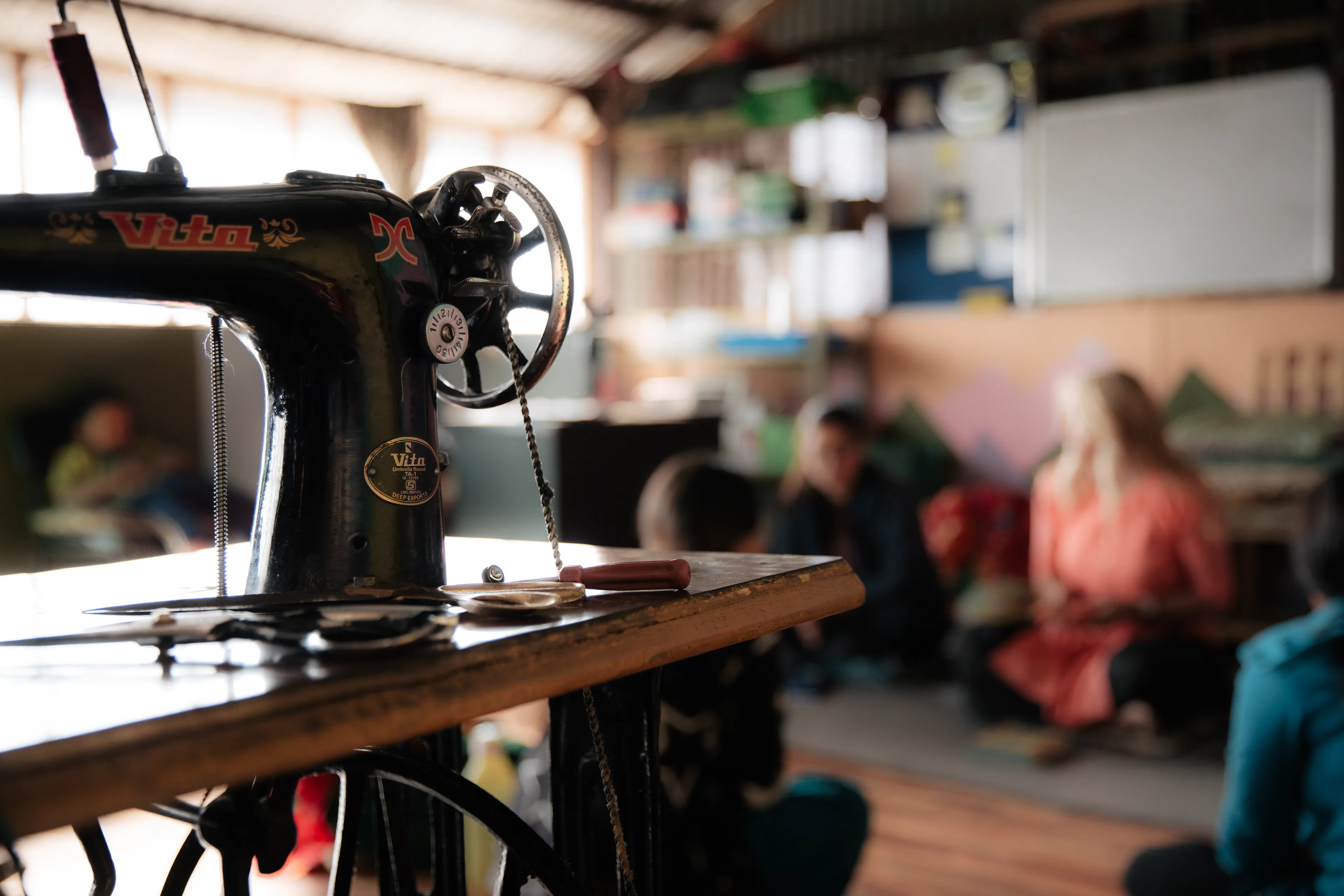
At the end of each workday, staff at this local business gather for a time of enrichment in their own language. Leaders pour into them with Bible stories, English lessons and more. Each season, women come to faith. It’s an incredible combination of strategies to meet felt needs and spiritual hunger.
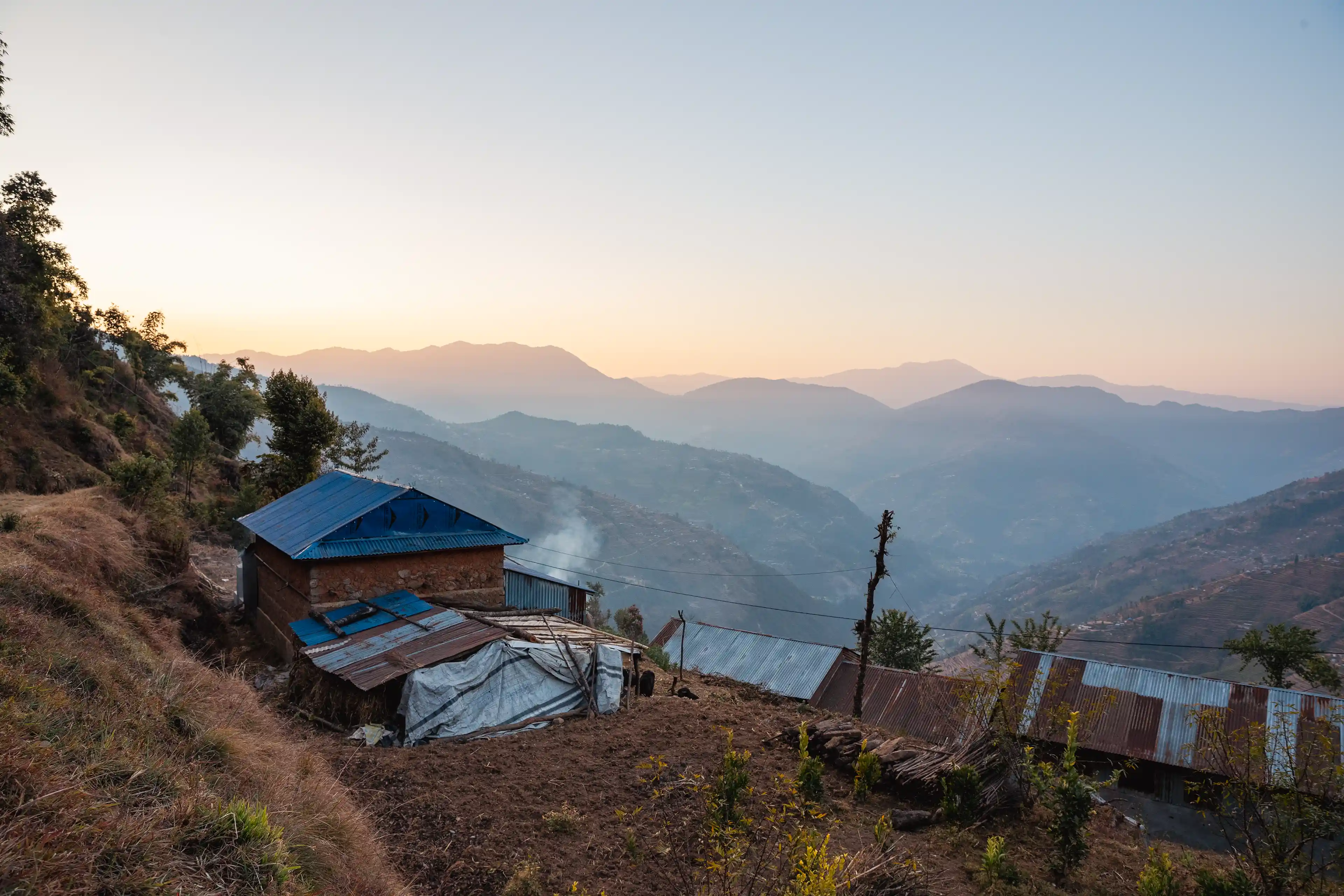
As the sun set, haze and smoke covered the valley around this blue-roofed house. I can’t imagine that delivering construction materials here would be easy or cheap. I noticed most roofs were made of corrugated material, and the walls, which I suspect were locally sourced stone, were common. A lightweight roof seems a smart choice in an earthquake-prone region.
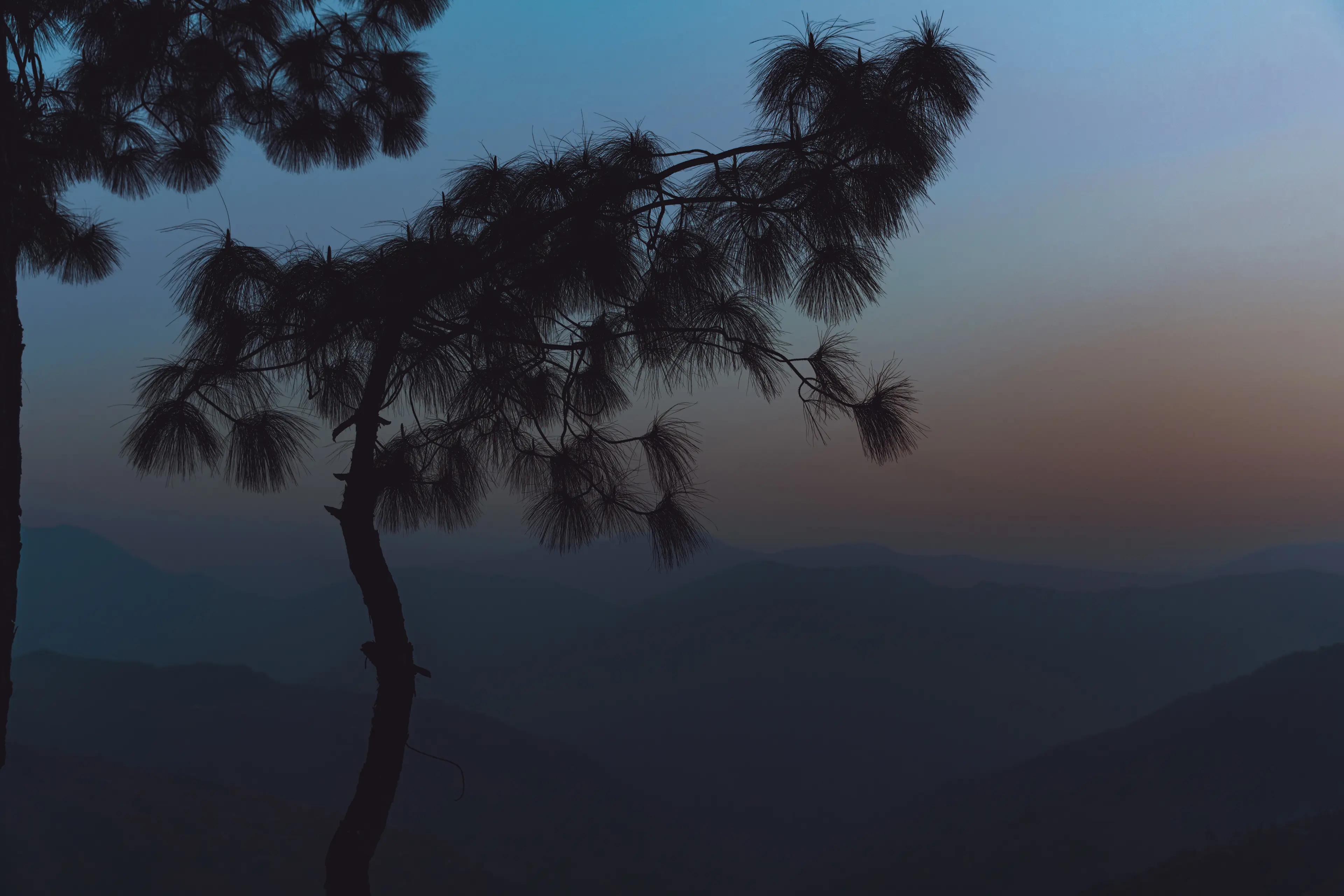
These drought-resistant pines are packed with resin. As I understand it, this resin crystallizes in dead pines, making the wood colorful and brittle. It also keeps the wood from becoming waterlogged, and, though smoky, a small piece burns slowly and can be used like a candle.

In this agricultural village, people wake up before sunrise—though sunrise seemed to take forever with the peaks. It was light out longer than I’m used to before the sun finally crested the horizon. During the twilight hour, a fresh coating of buffalo dung and water was hand-spread on the pictured terrace. It’s believed that the dung not only has anti-bacterial and disease-preventing properties but also acts as a natural insecticide, keeping mosquitoes at bay! Is a buffalo dung patio in your future?

In some parts of the world, tattoos are common, though not always on the face. Here, tattoos are traditionally created using sticks and thorns dipped in natural dyes made from charcoal or plant-based inks. Geometric patterns and dots on the chin, nose, forehead or cheeks can indicate marital status, caste or clan, or serve as marks of coming of age.
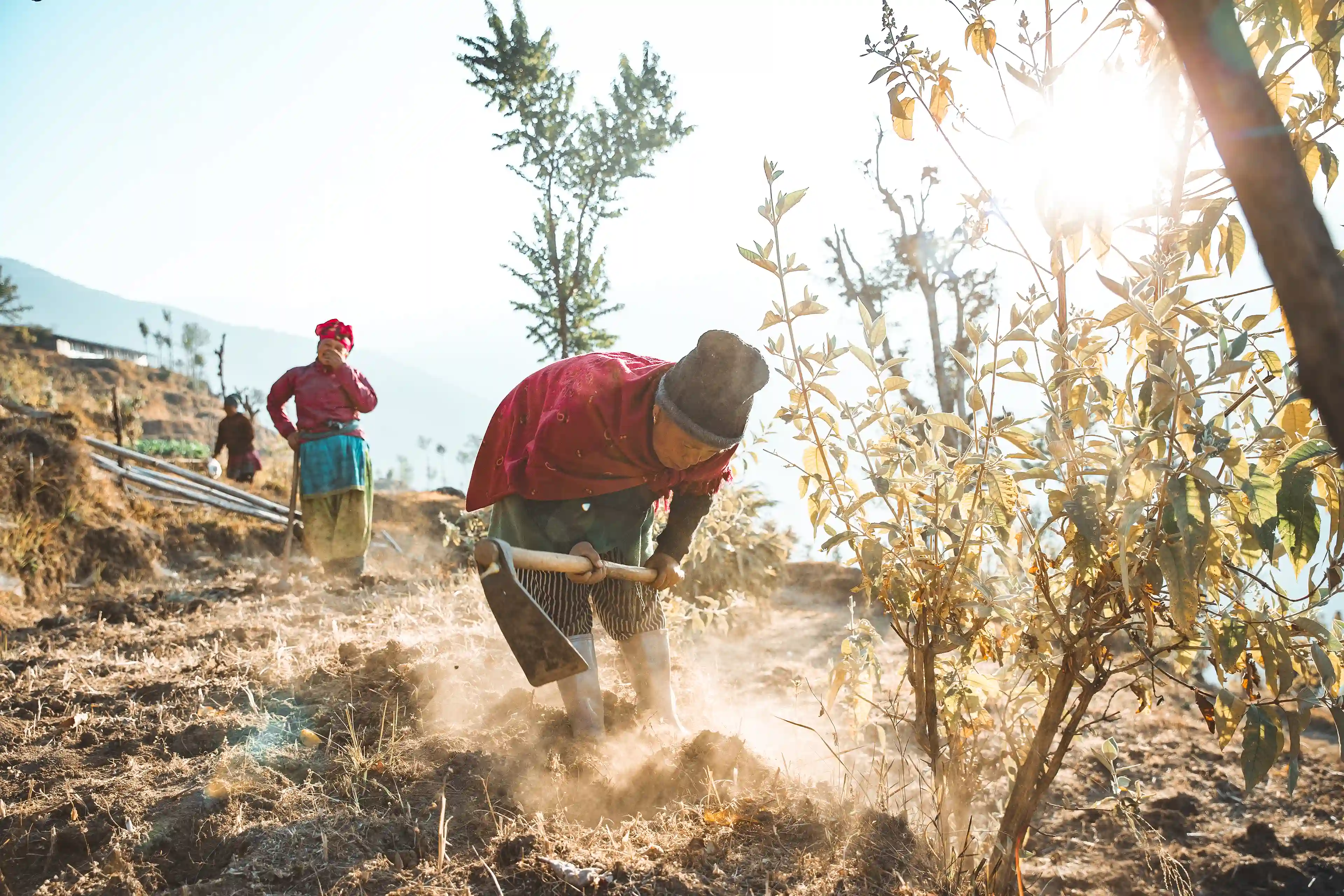
Hand tools, rather than heavy machinery, are used to till and cultivate the soil here. Since more than 75% of the land is mountainous, stepped terraces allow steep slopes to be used for farming. I’m told that terracing helps prevent soil erosion and improves the soil by slowing down runoff during heavy monsoon seasons. It occurs to me that these women would connect deeply with many proverbs and Jesus stories that speak to activities they do year in and year out.

Pressing the palms of both hands together in a prayer-like gesture in front of the chest is a common greeting in this region. It’s used when meeting people, whether friends or strangers, and is preferred over a handshake in most situations, especially in more traditional or rural areas. It’s said to mean something like “the divine in me honors the divine in you.” Although the gesture has deep roots in Hindu and Buddhist tradition, it is also a widespread act of respect and a common cultural symbol.

Prayer flags are an iconic symbol of spirituality and culture. The five colors correspond to elements in Buddhist philosophy: earth, water, fire, wind and sky. The blessings, mantras and prayers printed on them are thought to be carried by the wind and spread into the world. Pray with us that “the earth will be full of the knowledge of the Lord, as the waters cover the sea” (Isaiah 11:9).
Going Deeper
Check out these other related articles


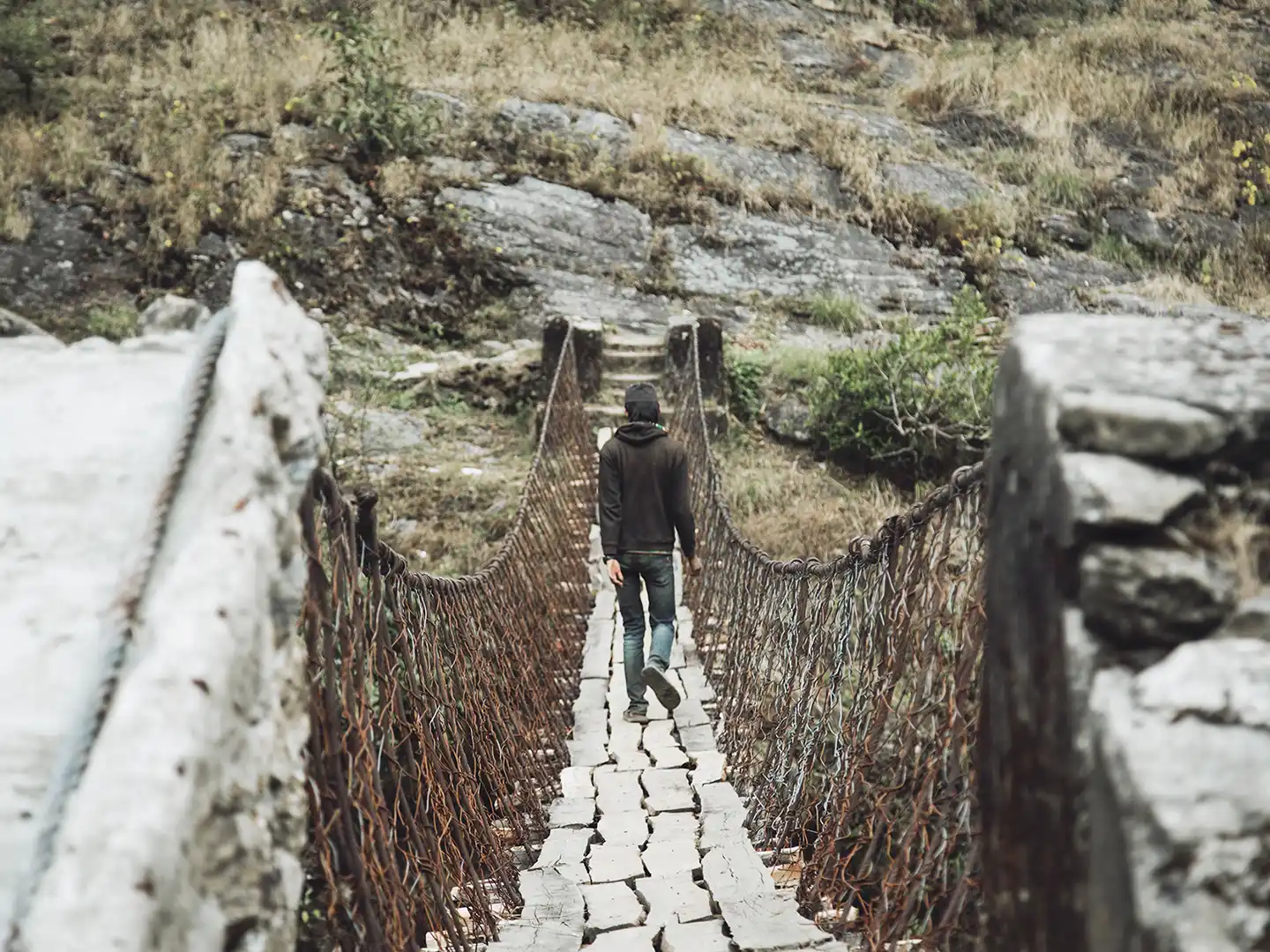









.webp)
